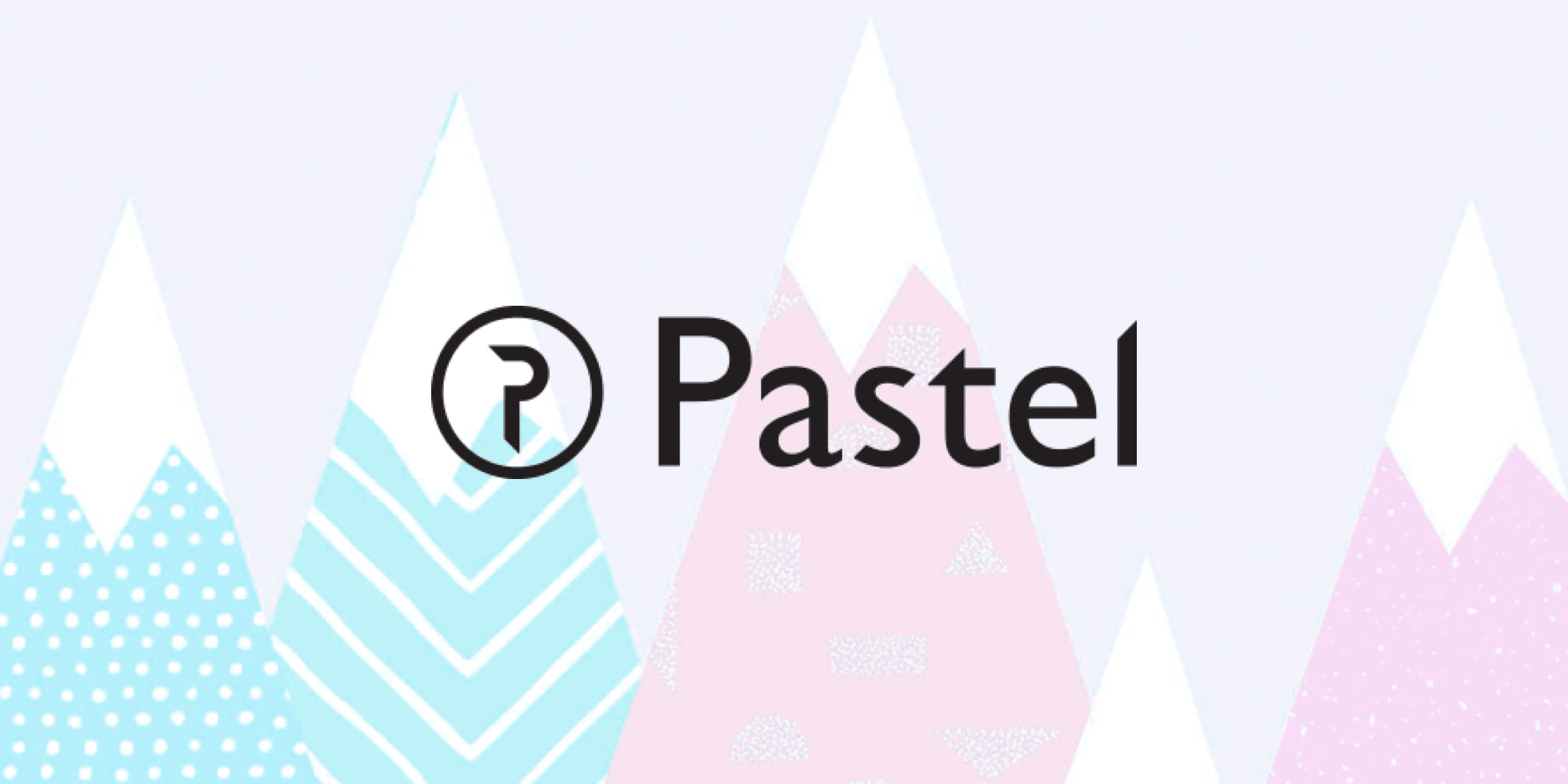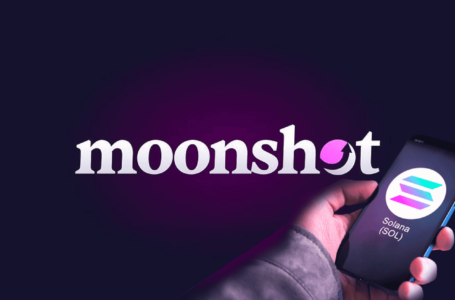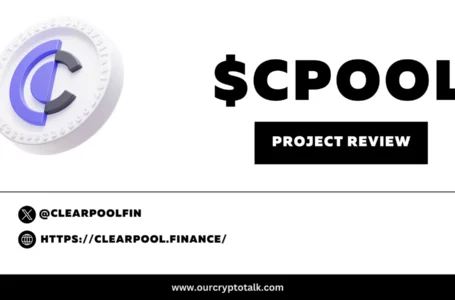
Pastel Network is a blockchain-based platform for artists and collectors to publish and purchase digital art. The platform transforms digital works into non-fungible digital assets so you can trade them freely without the need for an intermediary.
What is Pastel Network (PSL)?
Pastel Network is a fully decentralized and developer-friendly Layer 1 blockchain that serves as the preeminent protocol standard for Tokens non-fungibles (“NFTs”) and Web3 technology. Pastel infrastructure allows existing layer 1 blockchains, decentralized applications or third-party companies to protect creators and collectors.
From collectibles and digital media to documents and apps, users and developers can certify asset rarity and store data forever. Lightweight protocols provided by open interoperable APIs such as Sense and Cascade can be easily integrated into existing networks. A wide variety of Web3 applications can be built directly on the Pastel Network, allowing developers to take advantage of the scalable logging capabilities, storage processes and security of the broader ecosystem.
Advantages of Pastel
Application-specific Tier 1 Blockchain: Designed specifically to securely handle all mission-critical use cases pertaining to the NFT and Web3 ecosystem.
- Totally Permissionless: An open network of peer-to-peer nodes, available to everyone to participate in the consensus process that the Pastel Network uses to validate transactions and data.
- Negligible Fees: The dynamic fee function supports negligible transaction fees for both on- and off-chain requests, reducing the friction of traditional general-purpose tier 1s.
- Reliable Storage: Highly redundant distributed system achieves permanent storage. Pay once, keep forever.
- Cross-chain interoperability: Natively integrate Open-API standards and reliably connect cross-chain assets.
- Secure Foundation: Multilayer architecture designed to achieve maximum network security.
Build with Pastel
- Open API Protocols: Integrate native protocols like Sense and Cascade into your own blockchain or native application via lightweight, open web APIs.
- Smart Ticket Agile Framework: Easily represent NFT data on the blockchain and add custom features or update existing functionality in Pastel using an innovative ticket schema built with intrinsic data integrity.
- Pastel Developer Modules: Develop on-chain marketplaces or third-party applications directly on the Pastel Network, supported by a range of protocols, well-documented APIs, and gRPC functionality to help creators get started.
How does Pastel Network (PSL) work?
Interestingly, Pastel takes inspiration from the architecture of several different cryptocurrency projects. The team built the network on top of ZCash, a fork of Bitcoin. Therefore, it uses the EquiHash hash algorithm, produces new blocks every two and a half minutes, and implements Zk-SNARKs for private on-chain transactions. Unlike ZCash, however, Pastel does not have a founder reward to fund operations. Instead, they implemented a Dash-inspired Masternode system that votes for rewards.
pastel masternodes
While the Pastel network still has miners generating new blocks, Masternodes are at the heart of the system. They inspect and store art images and facilitate exchanges between users. In return, they receive PSL token payments. Masternodes also receive a PSL reward for each new block.
The Pastel network implements a rating and reputation system to ensure that a malicious Masternode, or set of Masternodes, does not compromise the blockchain. Without going into too much detail, the Pastel network implements the XOR distance metric to ensure that there is no foul play between Masternodes. The XOR distance metric was popularized by Dash and effectively ranks Masternodes in the order they should receive the next block reward.
Pastel net process
The Pastel Network includes several features that are expected to benefit the provenance and trade of digital art. The most important is the registration of artworks on the Pastel blockchain. The process goes something like this:
- As an artist, you create a Pastel ID that uniquely identifies you.
- With this ID, you upload image files for your digital art using the Pastel platform.
- You sign this file with your Pastel ID private key. The subscription ensures that another party, such as one of the Masternodes, cannot tamper with your artwork.
- The Pastel network uses the XOR distance ranking system to determine which Masternodes receive your artwork.
- Masternodes check artwork for indecent content or plagiarism. In exchange for this service, you pay them a registration fee.
- After three Masternodes have accepted your registration, the highest ranked Masternode will write your ticket to the Pastel blockchain.
- Finally, the artistic ticket becomes active on the network once the associated transactions are confirmed.
PSL token
The PSL token (“PSL”) serves as the Pastel Network’s cryptographically protected native and digital utility token. Running on a specialized and purpose-built blockchain, PSL is the foundation for accessibility. Inherently, PSL enables the permissionless, borderless economy for NFTs and Web3.
PSL use cases
- Network operations: generate a PastelID, create NFTs, submit tickets and execute open API requests
- Participate: Operate a SuperNode and deposit collateral in exchange for providing computing resources, validation, and security services
- Governance: Stakeholders can initiate and vote on various proposals
deflationary mechanism
In mainnet operations, a percentage of each transaction fee is distributed to a cryptographically unspendable address, resulting in a reduction in the overall PSL (“Proof of Burn”) supply. Main network operations that result in Proof of Burn: PastelID Creation, NFT Registration, NFT Activation, NFT Trade, Open API Sense Request and Open API Cascade Request.
Pastel Price Forecast (PSL)
The price of Pastel is predicted to reach a maximum level of $0.00385 throughout 2022. As early as 2023 according to our crypto price prediction index, in 2023, the price of Pastel (PSL) may reach a maximum level of $0.00741 , with the average trading price of $0.00551. In 2025 according to our crypto price prediction index, PSL is expected to cross an average price level of $0.00893. The minimum expected value of the Pastel price at the end of the current year should be $0.00825. Furthermore, PSL can reach a maximum price level of $0.00910.
The price of Pastel is predicted to reach the lowest possible level of $0.00790 in 2030. According to our crypto price prediction index, the price of PSL could reach a maximum possible level of $0.0146, with the predicted average price of $0.0110 .
Bottom Line
Digital art and blockchain go together like Satoshi and Bitcoin. While several blockchain projects are working with artistic provenance (Pepe Cash, Codex Protocol, Mecenas), Pastel currency is unique in its implementation of Masternodes in an attempt to create a completely decentralized system. The project is still young with a lot to prove. But if the team can get their product to market quickly and efficiently, Pastel Coin could become the new standard for rare digital art.



















